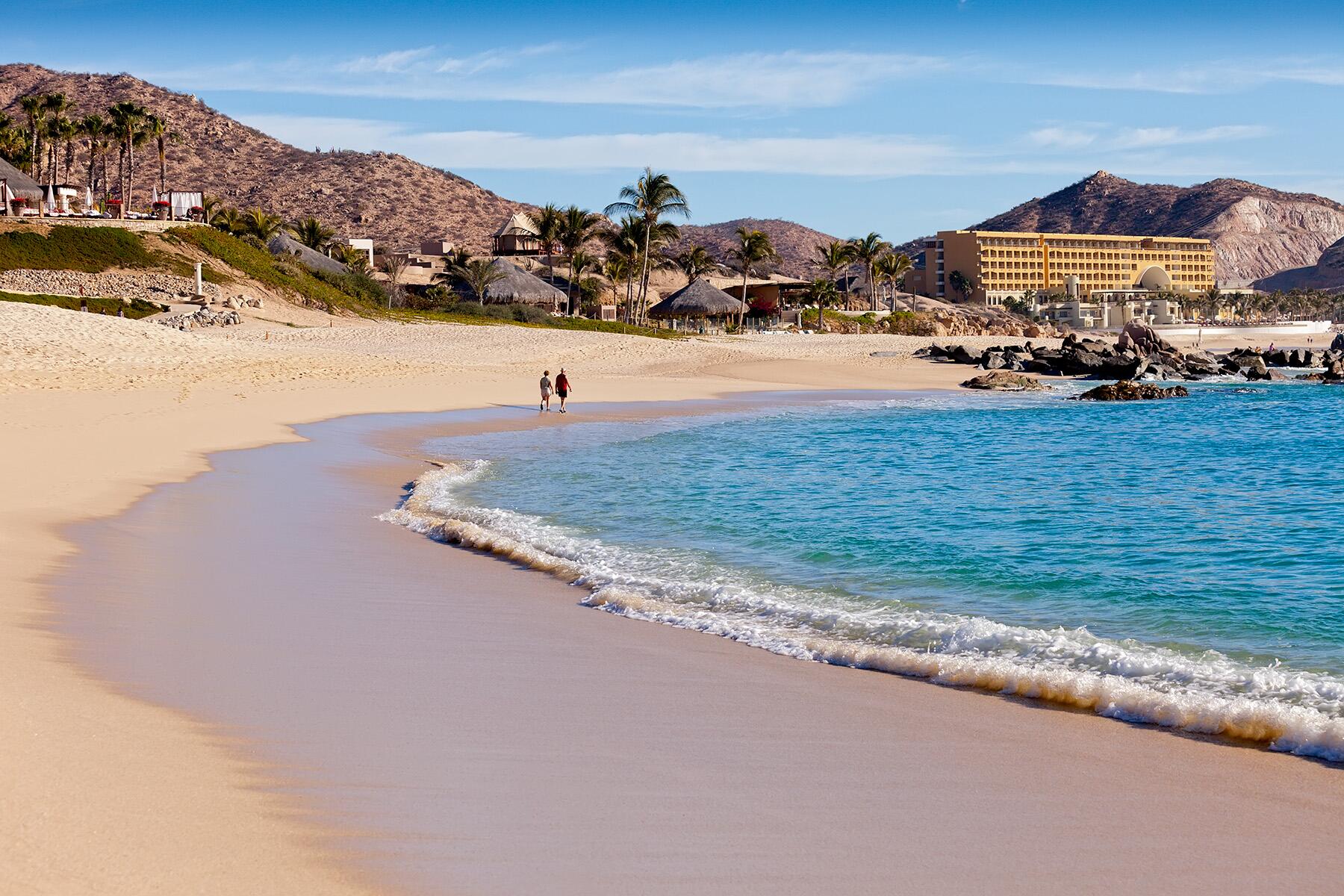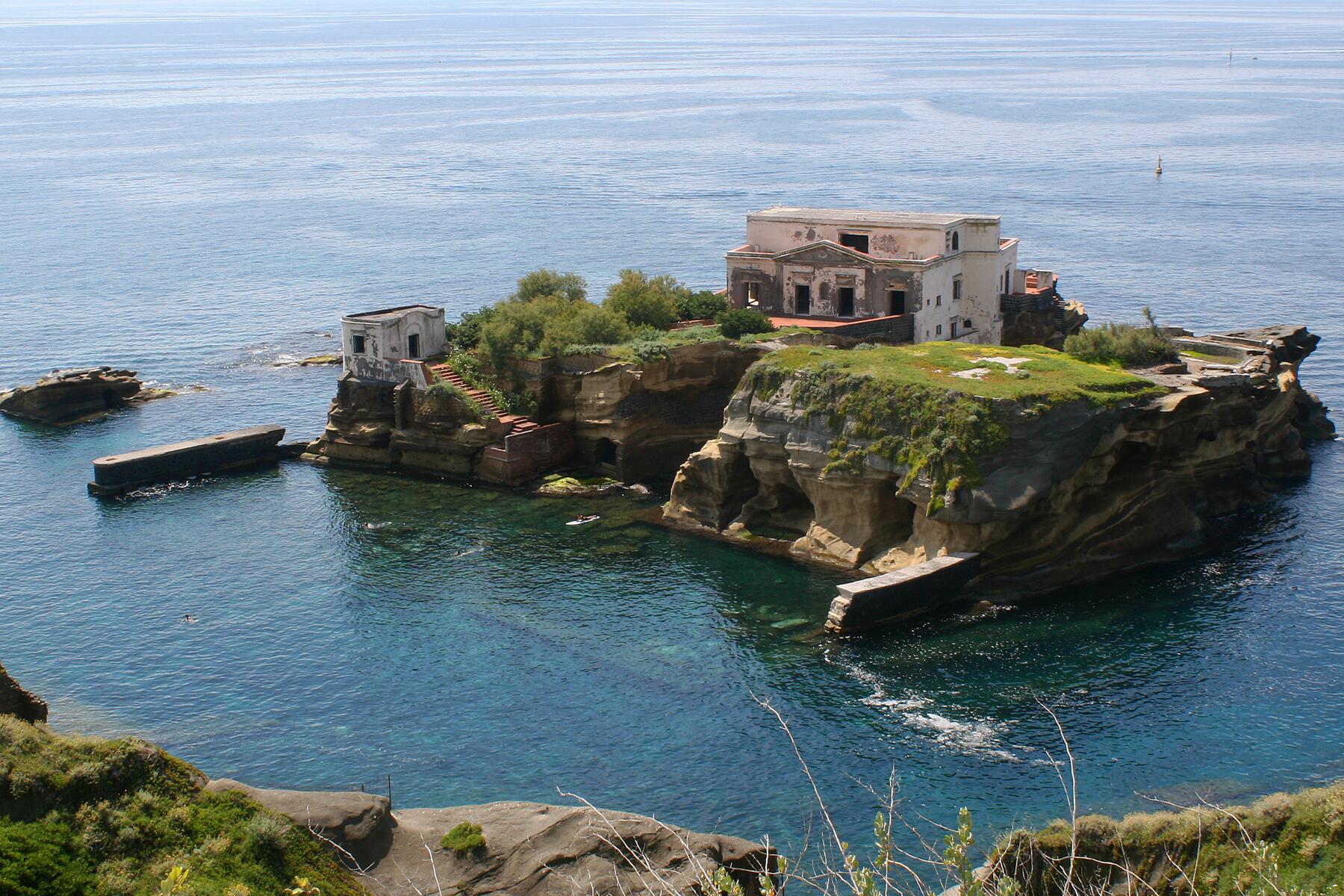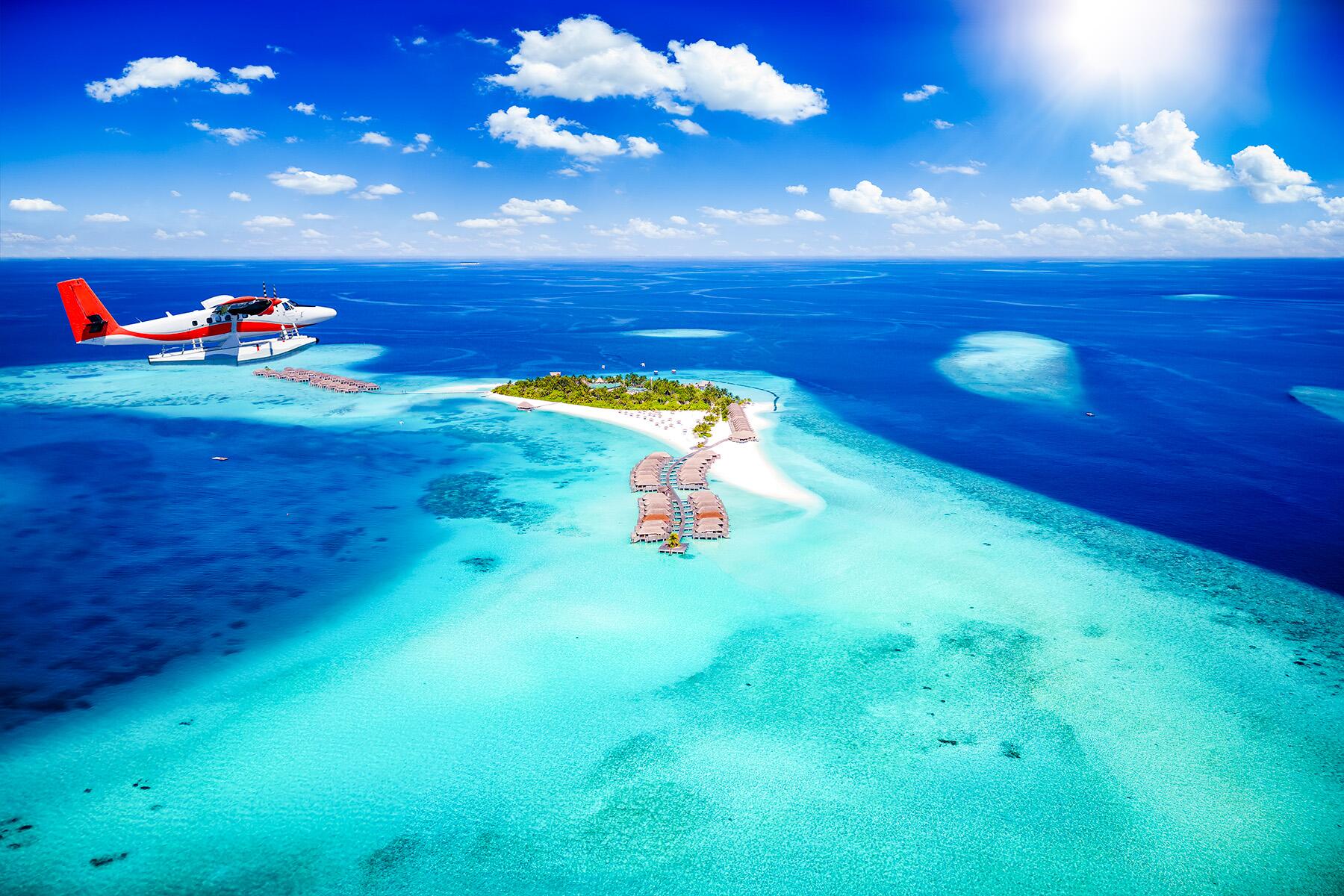- ⁄
- Travel News
- ⁄
- Beaches •
- Trip Ideas
Mythical caves, mysterious islands—Croatia is much more than a ‘Game of Thrones’ set.
It’s no secret that summers on the Dalmatian Coast in Croatia offer clear blue waters for swimming and snorkeling, stunning sunsets, medieval architecture and prized beaches. All this natural beauty, however, has attracted a rising number of visitors, and the major cities including Split and Dubrovnik may feel a little crowded during high season. While the hot spots are worth experiencing, even with teeming crowds, there are also more remote destinations that are equally awe-inspiring and meditative. Here are 10 hidden spots that offer a more tranquil and authentic flavor of Croatia.
Top Picks for You
Korčula Island Vineyards
Looking for the next trend in white wines? Chances are high that Croatia’s Pošip will soon be hailed as a favorite to sip in summer months. The wine and eponymous grape are native to Korčula, and not widely known outside of the Adriatic and parts of Europe. A short drive from the island’s 14th-century town center (home to the disputed birthplace of Marco Polo) brings oenophiles to a grape growing region rivaling that of Italy or California’s Napa Valley. The scenic vineyard and tasting tours, which can be done by car or bike, snake through quiet villages including Lumbarda, Smokvica, Čara, and Vela Luka. The Island is easily accessible by ferry from Split.
Šibenik
For a taste of Game of Thrones architecture without the massive crowds of Split or Dubrovnik, Šibenik stuns with medieval majesty. The town is filled with alleys that crisscross white stone structures and towers, begging visitors to get lost among the cobblestone nooks, hidden gardens, and secret food stalls. Climb the remains of St. Michael’s Fortress (originally constructed by the Venetians to protect against the Ottomans) for a bird’s eye view of the town including red tiled roofs, the domed 15th-century basilica, and sunsets over the sea.
Recommended Fodor’s Video
Odysseus Cave, Mljet Island
According to legend, after being shipwrecked on Mljet, Odysseus found refuge in this cave where he met the nymph Calypso and remained under her captivity for seven years. While the myth was later attributed to the island nation of Malta, the fact remains that this hidden spot provides one of the most striking swimming caves in the world. It requires a 15-minute hike down a steep cliff, but visitors are rewarded with calm, neon-blue waters filled with iridescent fish and few tourists. For the most intense experience, arrive midday when the sun’s rays produce a spectrum of electric colors that illuminate the cave. Don’t confuse this gem with the highly-publicized Blue Cave located further out in the Adriatic—it’s so inundated with tourists that there’s often a long line of boats waiting to speed through.
INSIDER TIPGrab a cold beer from the man selling cans of Croatian brew out of a cooler at the Calypso shack.
Nakovana Ghost Town
Nestled deep in the hillside of the Peljesac peninsula (near the island of Korčula) is the picturesque ghost town of Nakovana. Formerly a bustling farming village, most inhabitants were driven out by Italian and German troops during WWII, and it was completely abandoned during the nation’s civil war of the 1990s. Visitors can stroll along cobblestone streets lined with stone houses dating back hundreds of years, and meander through plots full of olive and pomegranate trees where feral cats are the only inhabitants—though these days you may encounter an archeologist or two, as the nearby cave (undisturbed for nearly 2,000 years) is a hotbed of research. Unfortunately, no visitors are allowed in the cave. The town makes for an ideal day trip for hikers, but bring enough food and water to last the day.
Brac Island
While Brac is known for the famous and crowded white pebble Zlatni Rat beach (for good reason, it’s often named a top beach in Europe), the Island’s other stunning beaches that dot the south coast are largely empty. Take note—some cater to nudists. For an even more remote adventure, hike across the abandoned Franz Joseph bridge which was built by the Austrian Empire over a river that no longer exists, and is now popular with free climbers.
Modrič Cave
Just outside Zadar in northern Dalmatia, the Modrič Cave is a dream for serious spelunkers. It was discovered in the 1980s and only opened to visitors in 2004, providing a pristine environment for adventure seekers. There are no guardrails, installed lighting, or cleared paths, making it a physical yet rewarding undertaking. Those that brave the elements and choose to explore the cave (with a registered guide group) need to suit up in overalls, helmet, and headlamp for an underground journey past enormous stalactites and stalagmites formed hundreds of thousands of years ago.
Pag
Pag, the large island in northern Dalmatia, stuns with a rocky landscape more closely resembling the moon than the Adriatic coastline. With 8,000 residents and 30,000 sheep that wander throughout quiet villages, visitors will find respite from the loud holiday crowd. The one exception is Zrće Beach, which has become a pulsing nightlife hub for 20-somethings in recent years. The main draw is calm Adriatic waters that make for perfect swimming or a leisurely row around the coast. And of course, the island produces paški sir cheese, a hard variety made from the distinct milk of the hearty sheep. For those who love abandoned sites, the old town offers a dusty landscape of sea views along with the remains of an old monastery.
Vis
Vis, the most distant of Croatia’s islands and the most mysterious, houses an old military base and fortress. The island was closed off to visitors from WWII until 1990, leaving pristine beaches, Greek and Roman ruins, and Venetian architecture largely untouched by modern hands. Those who reach the shores will undoubtedly feel as though they’ve discovered a hidden gem frozen in time. Because the locals were forced to be self-sustaining for more than 50 years, there’s plenty of fresh fish, produce, and wineries producing batches of hyper-local wine from grapes native to Vis. The island has just four hotels, so overnight stays need to be booked in advance.
Konavle
With waterfalls reminiscent of Iceland and a palm tree lined coast similar to Saint Tropez, the Konavle region is a dreamy escape just a half hour south of Dubrovnik. It’s perfect for hiking, cycling, or horseback riding through forest paths shaded by pines and cypresses. Alternately, Pasjača beach is a hidden cove with calm, turquoise waters located at the bottom of an 850-foot cliff. Be warned; it requires a trek down stairs carved out of the natural rock. There are few restaurants and even fewer hotels in the region. Those who choose to dine out will feast at family-run taverns, many of which are located on the shores of the Ljuta River with waterfall views.
INSIDER TIPFor a traditional meal, opt for peka. Similar to a Moroccan tagine, meat and vegetables are slowly cooked under a large metal bell.
Ogorje
While Dalmatia conjures up visions of seaside towns and sailing excursions, there’s a large equestrian community accessible to locals and visitors. Take a bus or car an hour inland from Split to the Croatian Hinterlands boasting fields carpeted with wildflowers and views of the mountains in the distance. This is where to find the country’s riding trails through ancient Roman roads and cattle paths. Ranches in the area specialize in riding holidays customized for beginners to experts seeking challenging paths and more remote locations.




